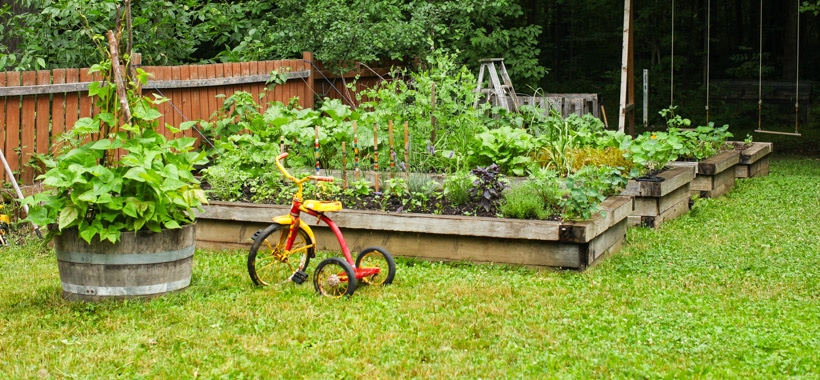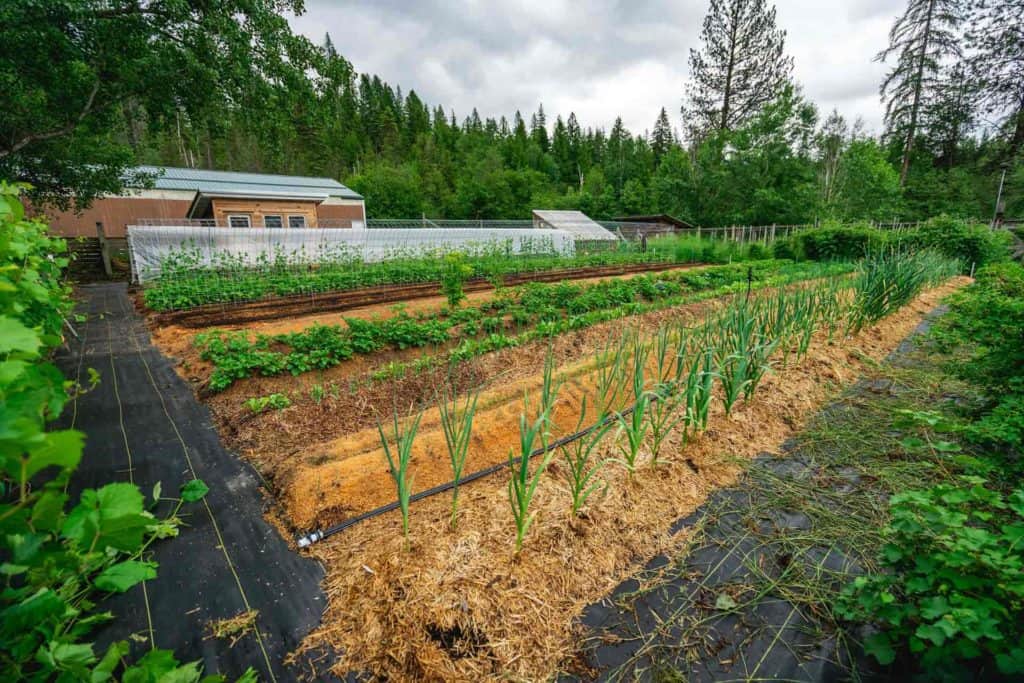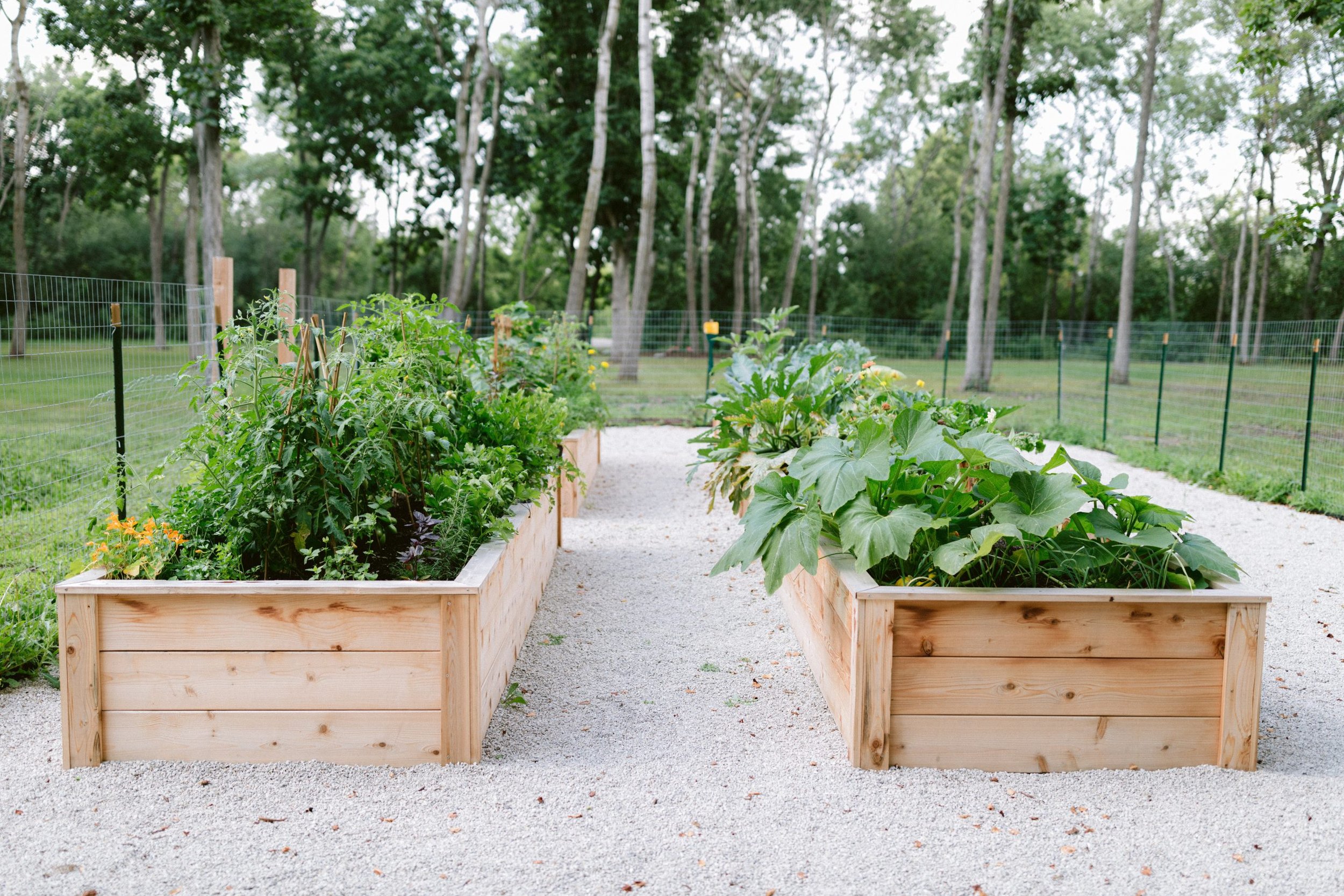Enjoy the Benefits of Homestead Gardening
Enjoy the Benefits of Homestead Gardening
Blog Article
Learn How to Cultivate a Flourishing Gardening Environment for All Ability Degrees
Producing a growing garden is a diverse endeavor that can be welcomed by people at any type of ability degree. By taking a look at crucial components such as soil wellness, proper plant selection, and seasonal treatment routines, one can develop a lasting horticulture technique that generates satisfying results. Understanding how to assess and improve your garden room lays the foundation for success. Yet, the complexities of executing these principles typically present obstacles that can prevent even one of the most enthusiastic amateur. What techniques can be used to overcome these challenges and foster an absolutely successful environment?
Recognizing Your Garden Area
In the world of horticulture, understanding your garden room is critical to cultivating a growing landscape (Homestead Gardening). The primary step in this venture involves evaluating the certain qualities of your plot. Variables such as soil structure, sunlight direct exposure, and drainage play vital functions in determining the suitability of your yard for different kinds of plants
Begin by performing a dirt test to analyze pH levels and vitamins and mineral content, which will certainly inform any kind of necessary changes. Additionally, observe how much sunlight your room obtains throughout the day. Various plants have varying light requirements; some grow completely sunlight, while others like full or partial color.

Finally, review the readily available area and plan accordingly. This includes considering plant heights and infected guarantee appropriate room for growth without congestion. By acquiring a detailed understanding of your yard space, you set the structure for an effective horticulture experience.
Picking the Right Plants
Picking the right plants for your garden calls for careful factor to consider of various elements, including environment, dirt conditions, and personal preferences. Begin by assessing your local environment, as certain plants grow particularly temperature level varieties and weather patterns. Tropical plants may not survive in chillier regions, while sturdy perennials can stand up to severe winters.

Consider your personal choices, including visual allure and maintenance degrees. Determine whether you like vivid flowers, lavish foliage, or edible plants. Furthermore, factor in the time and initiative you agree to purchase plant treatment, as some varieties demand even more focus than others.
Lastly, assume concerning the garden's design and light exposure. Sunlight patterns throughout the day will affect your selections-- some plants require full sunlight, while others grow in shade. By attentively assessing these elements, you can develop a efficient and unified yard customized to your atmosphere and preferences.
Vital Horticulture Tools
A fully equipped gardener can substantially improve their horticulture experience and results. Necessary gardening tools are fundamental to cultivating an effective yard, despite ability level. A tough spade is very useful for excavating and transforming soil, while a trowel allows for precise growing and transplanting of smaller plants.
Trimming shears are crucial for preserving plant why not look here health by removing dead or overgrown branches, promoting much better air circulation and development. Additionally, a hand rake serves for removing debris and freshening the dirt, making certain ideal conditions for plant origins.
Gardening handwear covers safeguard hands from blisters, thorns, and chemicals, making them a crucial device. A watering can or hose pipe with an adjustable nozzle guarantees that plants receive appropriate wetness without overwatering.
Last but not least, think about investing in a tough wheelbarrow for carrying soil, plants, and devices around the garden successfully. By setting up a quality toolkit that consists of these essential products, gardeners can deal with various tasks with self-confidence and ease, leading the way for a growing gardening setting. Keep in mind, the right devices not only boost efficiency however additionally enhance the general satisfaction of the gardening procedure.
Soil Prep Work and Upkeep
Quality dirt is the foundation of an effective garden, making correct preparation and upkeep essential for healthy and balanced plant development. The very first step in dirt prep work involves checking its pH and nutrient degrees. This can be achieved through soil screening packages offered at gardening facilities or through expert solutions. Based upon the examination results, changes can be made to maximize soil conditions for certain plant needs.
Integrating natural issue, such as garden compost or well-rotted manure, is crucial for boosting dirt framework and fertility. This not just boosts nutrient availability but also promotes useful microbial activity. Furthermore, appropriate water drainage is vital; hefty clay dirts might need the enhancement of sand or perlite to enhance aeration.
Routine maintenance of soil health consists of mulching, which preserves dampness and subdues weeds. In addition, revolving plants every year assists avoid nutrient exhaustion and reduces pest and condition threats. It is also important to stay clear of over-tilling, which can interrupt soil structure and harm beneficial microorganisms.
Eventually, a consistent dedication to dirt preparation and upkeep will lead to a prospering garden, ensuring that plants obtain the vital nutrients they need for durable growth and performance.
Seasonal Care and Monitoring

In spring, focus on growing new seeds and seed startings, while also performing dirt tests to modify nutrient shortages. On a regular basis inspect for conditions and parasites, as these can proliferate with the warming weather. Summer season demands regular watering and mulching to retain dampness, along with trimming for far better air circulation.
As fall methods, it's time to prepare the yard for inactivity. This includes gathering plants, tidying up debris, and using a layer of compost to secure plant origins from frost. Consider planting cover plants to improve the dirt during the winter season months.
Last but not least, winter months treatment is essential. Examine frameworks like greenhouses for damage and guarantee appropriate insulation for delicate plants. Frequently keep track of for parasites that Click Here might look for sanctuary inside. By adapting your gardening practices to the seasonal cycles, you can promote a flourishing advice atmosphere that supports plant wellness year-round.
Conclusion
In conclusion, growing an effective garden requires an extensive understanding of necessary concepts such as soil make-up, sunshine exposure, and suitable plant option. Normal seasonal treatment and management techniques even more improve plant wellness and productivity.
Selecting the right plants for your yard calls for careful consideration of different aspects, including climate, dirt problems, and personal choices. Conduct a soil examination to establish pH degrees and nutrient content, which will assist you in choosing plants that will certainly grow in your yard.Finally, consider spending in a sturdy wheelbarrow for delivering dirt, plants, and tools around the garden successfully.Quality soil is the foundation of an effective garden, making proper prep work and maintenance crucial for healthy plant development. Homestead Gardening.In conclusion, growing a successful yard calls for an extensive understanding of vital concepts such as soil composition, sunlight direct exposure, and suitable plant selection
Report this page